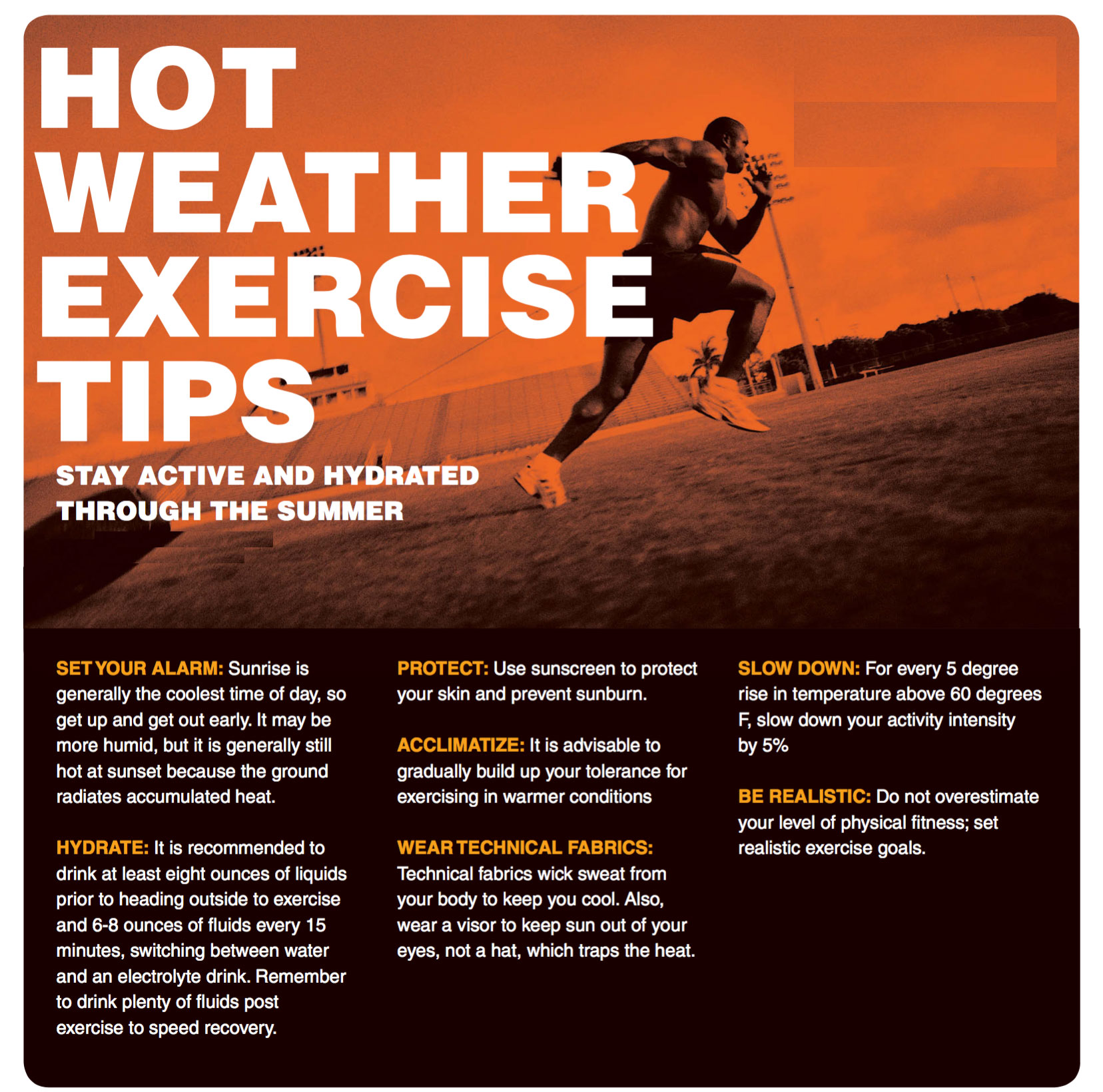
• Those little piggies may not be very big, but they still can create an enormous amount of pain. Unfortunately, people tend to ignore their toes—they’re small, and they hide inside the shoes we force them into. Toes affect a person’s overall balance, and ignoring toe issues can lead to bigger problems. When your clients come to you for pedicures and mention their sore toes, you need to decipher whether the issue is easily remedied or whether it may require a podiatrist’s attention. Think you know how to spot toe problems? Here are a few health issues to keep your eye on: 1.
Corns and calluses. People often confuse corns and calluses.
One of the digits of a vertebrate foot. The forepart of a foot or hoof. The terminal segment of an invertebrate's limb. The part of a sock, shoe, or boot that covers the digits of the foot. The lowest, outermost, or endmost part, as: a. The part of the head of a golf club farthest from the shaft. The part of a vertical.
A callus is the accumulation of dead skin cells in response to abnormally excessive pressure; the skin thickens, forming a protective layer. Calluses usually occur on the ball of the foot, the inside of the big toe and the heel.
A corn is like a callus in that it also causes thickening of the skin. However, a corn contains a cone-shaped core with a point that sometimes presses on the nerve below the thick skin. Corns frequently affect the tops, sides and tips of toes. Walking with a callus or a corn can feel like walking on a stone. Leaving either one untreated may result in swelling, intense pain and entwined skin nerves.

Never cut a callus; use a pumice stone to help reduce it. “Calluses and corns can grow into bigger problems,” says Dr. Anthony Iorio, chairman of the New York College of Podiatric Medicine. “Don’t ignore them. Send your clients to a podiatrist.” 2. Morton’s toe.
Is your client’s second toe longer than her big toe? If so, she has a condition called Morton’s toe. The toe’s length itself wouldn’t cause any problems if your client stayed barefoot every day; however, when she puts her feet in shoes, she may experience discomfort. Shoes put additional pressure on the metatarsal head of the long toe, creating pain. Additionally, a callus may develop below the second toe.
If your client experiences pain that feels like an electric shock between her third and fourth toes, she may have a neuroma. Neuromas result from nerve swelling in the foot, creating toe pain, and they may begin with numbness or tenderness behind the toes that slowly turns into pain that appears and disappears at random. Suggest that your client see a podiatrist for help. Overlapping toes. When one toe gets pushy and horns in on another toe’s space, problems occur. An abnormal buckling of the toe potentially could completely dislocate one of the joints. Overlapping toes can cause one of four toe issues: • A hammertoe develops when one of the smaller toes (usually the second toe) overlaps with another.
The proximal interphalangeal (PIP) joint (the toe’s middle joint) contracts, causing ligaments and tendons to tighten and the toe’s joints to curl downward. Often, discomfort occurs at the top part of the toe due to rubbing against the shoe. • A mallet toe also occurs on the smaller toes.
The joint nearest to the nail (the distal interphalangeal, or DIP, joint) contracts, which makes straightening the toe impossible. Adobe gamma loader startup. Excessive rubbing on the top and at the tip of the toe results in a corn. • A claw toe affects both the DIP and PIP joints in the smaller toes, causing the toe to curl down. Excessive rubbing on top and at the tip of the toe causes pain. Foot movement can become restricted, which leads to extra stress on the ball of the foot. • A trigger toe occurs when the big toe buckles or contracts. Each of these four conditions can cause cramping because tendons are forced to function abnormally.